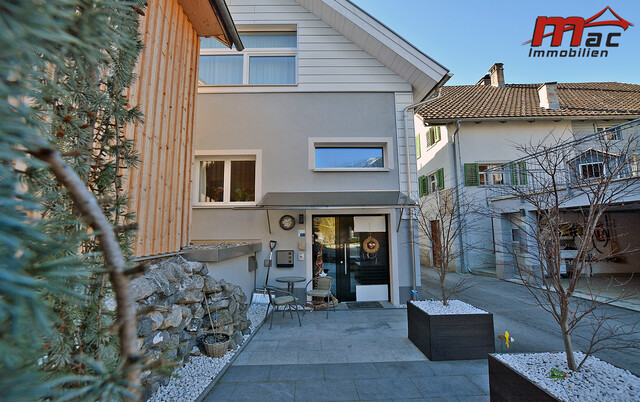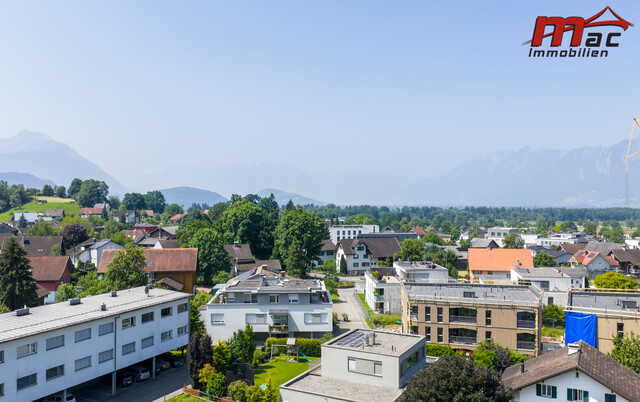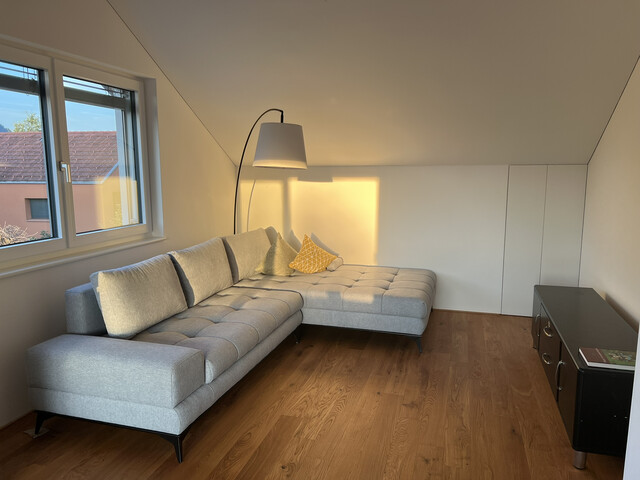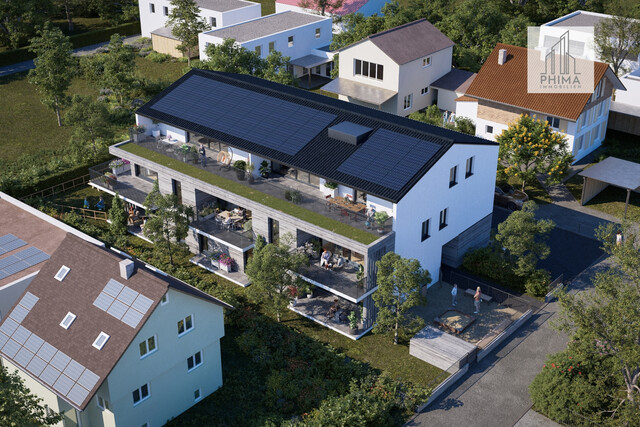Syrians have filed over 125,000 asylum applications in Austria since 2015

No refugee group has shaped Austria in the past ten years as much as Syrians. Tens of thousands of people left the civil war-torn country and found a new home here. Since 2015, there have been more than 125,000 asylum applications from Syrians. A good 86,000 of these applications were approved, despite political efforts, including legal measures, to limit the refugee movement to Austria.
Over 24,000 Asylum Applications in 2015
In 2015 alone, according to a report by the Court of Auditors, as many people fled to Austria as in the entire period from 2002 to 2012. 24,547 applications came from Syrians in 2015 alone. Until then, citizens of this country were a numerically insignificant group in Austria. In 2005, there were just 77 asylum applications from Syrians, and by 2010, there were only 194. Syrians first became statistically significant in 2014 with more than 7,700 applications.
Since then, a truly large community has formed in Austria. At the beginning of 2025, nearly 105,000 Syrian citizens lived in Austria, placing them seventh in the ranking led by Germans. Ten years earlier, there were fewer than 11,300. The Syrians living in Austria are also particularly young, with an average age of 25.5 years. A factor in this is a significantly higher birth rate. According to Statistics Austria, the average number of children per woman in the combined group of Syrian, Afghan, and Iraqi women is 3.3. For Austrian women, it is 1.2.
Syrians Lead in Naturalizations
Many native Syrians have now also acquired Austrian citizenship. In terms of naturalizations, Syrians clearly took first place last year with 2,241 people.
The majority of governments in recent years have attempted to at least slow the refugee movements to Austria, citing limited resources for integration. Countless asylum amendments have been passed in the past decade, most of which contained restrictions.
At the beginning of the refugee crisis, the focus was on the effort to accommodate the unusually high number of people newly arriving in Austria. No less than 88,340 asylum applications were received in 2015, and there were neither enough accommodations available nor sufficient willingness in the states and municipalities to provide new shelters.
Ultimately, a temporary federal intervention right was even introduced to make space available in resistant communities. But the story repeated itself in 2022 when, during the next major movement to Austria, tents had to be set up again in federal accommodations due to a lack of quarters.
Border Fence and Departure Centers
Other measures remained, such as border controls, the deployment of Austrian officers on the so-called "Balkan route," accelerated procedures for cases with little chance, the possibility of longer detention pending deportation, and higher penalties for procedural offenses. Some measures proved to be merely symbolic actions, like a border fence in Spielfeld during the era of Chancellor Werner Faymann (SPÖ). In the same category likely falls the short-term renaming of initial reception centers to departure centers under Interior Minister Herbert Kickl (FPÖ). From his short term in office, the larger measure that remained was the re-nationalization of refugee care with the establishment of the Federal Care Agency.
The most significant influence on the recent decline in asylum numbers was probably the fall of the Assad regime in Syria last year. This allowed Austria, like several other European countries, to suspend procedures for Syrians. As a result, asylum status is now only granted in particularly deserving cases. In the first half of 2025, it was awarded to Syrians only 172 times.
The latest measure is the suspension of family reunification, where applications are accepted but will not be processed for at least the next six months. A significant restriction had already been made here in 2016. Since then, those with subsidiary protection must wait three years before they can bring family members to Austria. This mainly affects Afghans, the second-largest non-European refugee community in Austria, with more than 50,800 people in Austria. Although this group has not grown as strongly as the Syrians, it has tripled since 2015. For comparison: the number of Syrians has increased ninefold in the same period.
(APA/Red)
This article has been automatically translated, read the original article here.
Du hast einen Hinweis für uns? Oder einen Insider-Tipp, was bei dir in der Gegend gerade passiert? Dann melde dich bei uns, damit wir darüber berichten können.
Wir gehen allen Hinweisen nach, die wir erhalten. Und damit wir schon einen Vorgeschmack und einen guten Überblick bekommen, freuen wir uns über Fotos, Videos oder Texte. Einfach das Formular unten ausfüllen und schon landet dein Tipp bei uns in der Redaktion.
Alternativ kannst du uns direkt über WhatsApp kontaktieren: Zum WhatsApp Chat
Herzlichen Dank für deine Zusendung.








